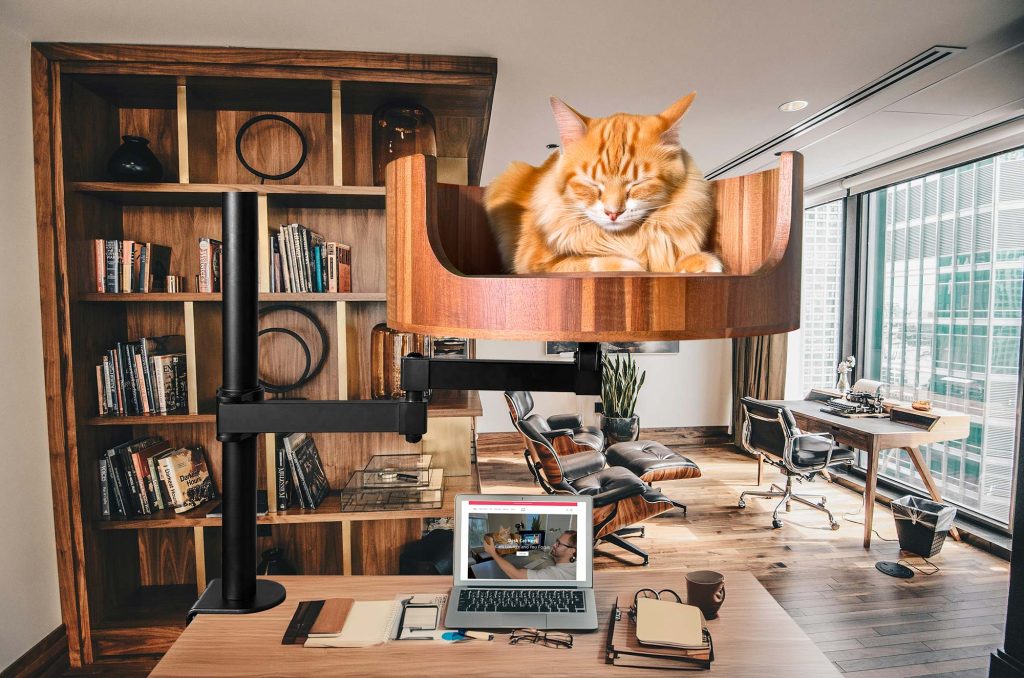Have you ever wondered how old your beloved feline friend is in human years? As cats age, their needs change, and understanding feline aging is crucial to providing the best care for your pet. In this article, we will delve into the topic of feline aging, exploring how cats age in human years and what you can do to ensure your cat’s health and happiness as they grow older.
From playful kittens to dignified seniors, cats go through various life stages just like humans. By understanding the aging process in cats, you can better anticipate and address their changing needs. We will discuss the differences between cat years and human years, exploring factors that contribute to feline aging such as breed, size, and overall health. Additionally, we will provide tips on how to care for senior cats, including proper nutrition, exercise, and veterinary care. Stay tuned to learn more about how cats age in human years and how you can support your furry companion through every stage of life.
1. Cats age faster in their early years, with the first year of a cat’s life being equivalent to around 15 human years.
2. As cats get older, their aging process slows down, with every subsequent year being roughly equivalent to around 4 human years.
3. Understanding feline aging can help cat owners better care for their pets as they enter their senior years.
4. Regular veterinary check-ups are essential for monitoring a cat’s health and addressing any age-related issues that may arise.
5. Providing a comfortable and stimulating environment can help senior cats maintain their quality of life as they age.
Cat Age Equivalents in Human Years
Understanding how cats age in human years can help pet owners better care for their feline friends as they enter different life stages. While there is no exact science to calculate cat years to human years, a commonly used formula is to consider the first two years of a cat’s life as equivalent to 24 human years, and then add four human years for each additional cat year. This means that a 5-year-old cat would be roughly equivalent to a 36-year-old human.
Signs of Aging in Cats
As cats age, they may show certain physical and behavioral signs that indicate they are entering their senior years. Common signs of aging in cats include decreased activity levels, changes in appetite or weight, dental issues, decreased grooming habits, and increased sleeping. It’s important for pet owners to be aware of these signs and consult with a veterinarian to address any concerns.
Health Considerations for Senior Cats
Just like humans, senior cats may be more prone to certain health conditions as they age. Common health issues in senior cats include arthritis, kidney disease, dental problems, and hyperthyroidism. Regular veterinary check-ups, proper nutrition, and exercise can help prevent and manage these health concerns in senior cats. Pet owners should also be aware of changes in their cat’s behavior or appearance and seek medical attention promptly.
Caring for Senior Cats
Caring for a senior cat involves providing them with a comfortable living environment tailored to their needs. This may include easy access to food and water, a warm and cozy sleeping area, regular vet check-ups, and appropriate toys and mental stimulation to keep them active. Senior cats may also benefit from a specialized diet that supports their aging bodies and helps maintain their overall health and well-being.
FAQs for Desk Cat Nest
How do cats age in human years?
Cats age differently than humans do. The first year of a cat’s life is equivalent to approximately 15 human years. After the first year, each additional year of a cat’s life is equivalent to about 4 human years.
At what age is a cat considered a senior?
Cats are generally considered seniors once they reach the age of 7 years old. At this age, cats may start to experience age-related health issues and may require special care and attention.
How can the Desk Cat Nest help aging cats?
The Desk Cat Nest provides a comfortable and cozy space for aging cats to rest and relax. The soft cushioning and supportive design can help alleviate joint pain and discomfort, making it easier for older cats to find a comfortable resting spot.
Is it important to consider a cat’s age when choosing a bed or resting spot?
Yes, it is important to consider a cat’s age when choosing a bed or resting spot. Older cats may have special needs, such as extra padding or support for achy joints. The Desk Cat Nest is designed with these needs in mind, making it a great choice for aging cats.
How can I ensure that my aging cat uses the Desk Cat Nest?
Encouraging your aging cat to use the Desk Cat Nest can be as simple as placing their favorite blanket or toy inside. Cats are creatures of habit, so once they associate the nest with comfort and relaxation, they are more likely to use it regularly.
In conclusion, as cats age in human years, it is important to provide them with a comfortable and supportive place to rest and sleep. The Desk Cat Bed is a valuable choice as it offers a soft and cozy spot for your feline friend to relax, promoting better sleep and overall well-being. With its unique design that can easily fit on a desk or table, this cat bed also helps to keep your pet close to you throughout the day, fostering a stronger bond between you both. Invest in a Desk Cat Bed today to ensure your aging cat remains happy and comfortable as they grow older.


